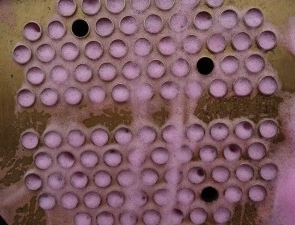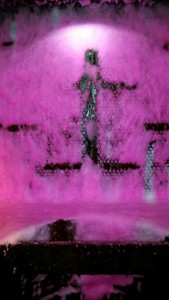Condenser and heat exchanger tube leaks can lead to costly problems such as excess backpressure, dissolved oxygen and corrosion. Ultimately the problems associated with tube leaks impact system efficiency and the power plant’s overall bottom line. Projectile Tube Cleaning has an array of condenser leak test procedures to find leaks quickly and efficiently while the unit is in operation or while it is offline. In conjunction with our tube leak detection services we also offer tube plugging services in order to fix the leaks.
Tube Leak Testing with Helium
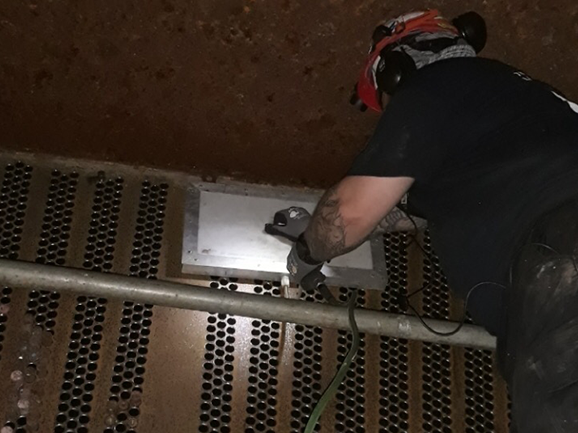
Foam Tube Leak Testing
The foam tube testing method uses foaming liquid and a spraying device to coat both sides of a condenser or heat exchanger tube sheet. The foam is spread across the face of the tube sheet to cover each tube. Leaking tubes are identified when the foam is sucked from the tube sheet and down the length of the tube. This method is best for finding large leaks quickly. It is the fastest available method when the condenser system is online. Another benefit to this method is that technicians can more easily discern between tube sheet leaks and tube leaks whereas with other systems such as mass spectrometry it can be difficult. One draw back to this method is that it cannot find the extremely small leaks that mass spectrometry is able to find, but if you have big tube leaks and you are in a hurry this is the method to choose.
Pressure Testing
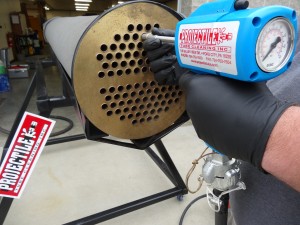
Tube Plugging
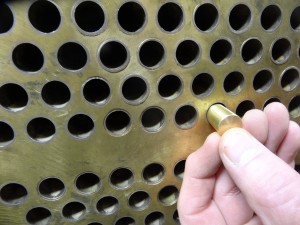
Preventing leaks and other issues with your heat exchangers and condensers is one of the many reasons to keep your tubes clean and as free of blockage as possible. Leaking tubes and problems of all kinds can be mitigated by consistent and regular tube cleaning.

